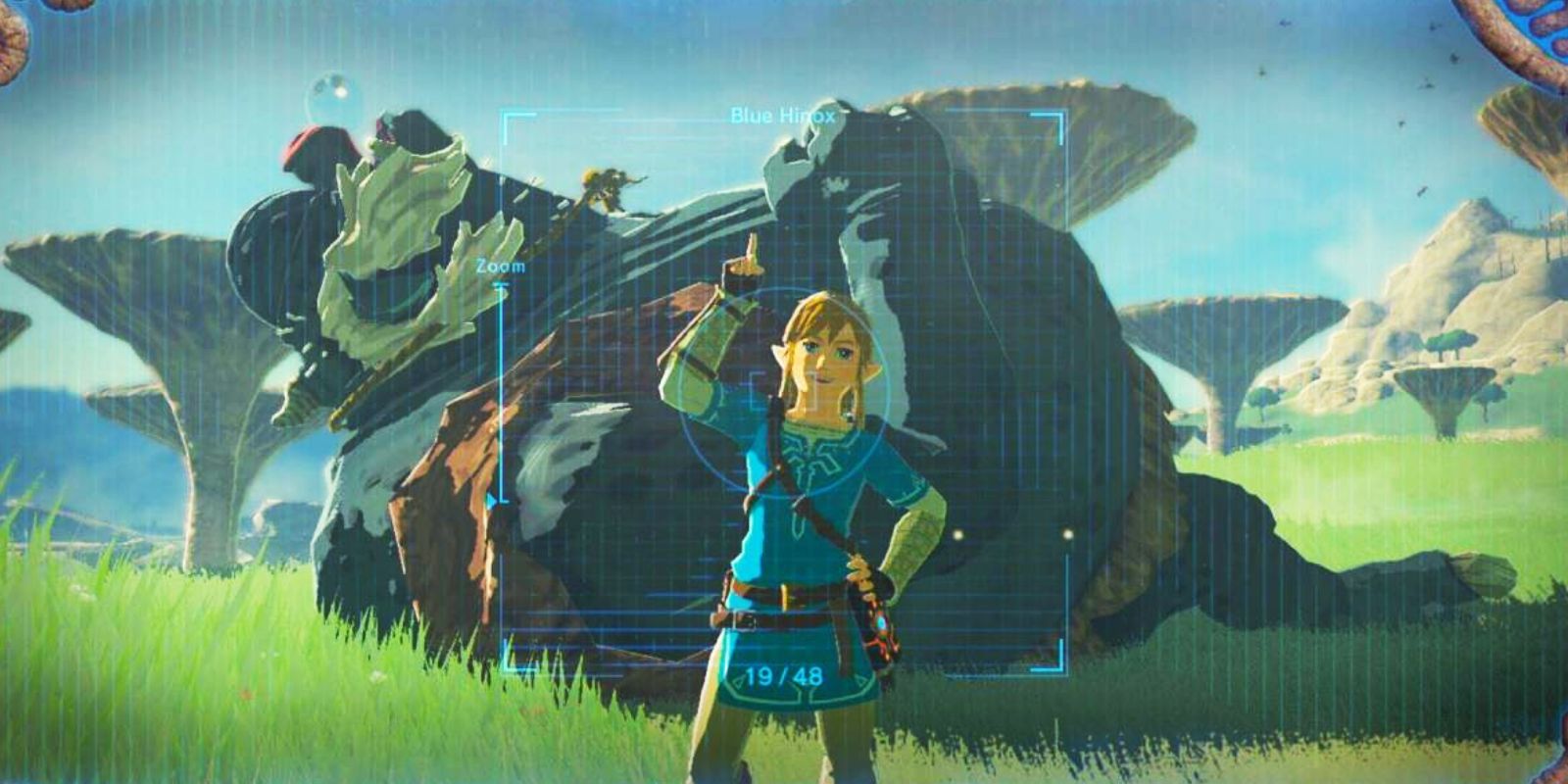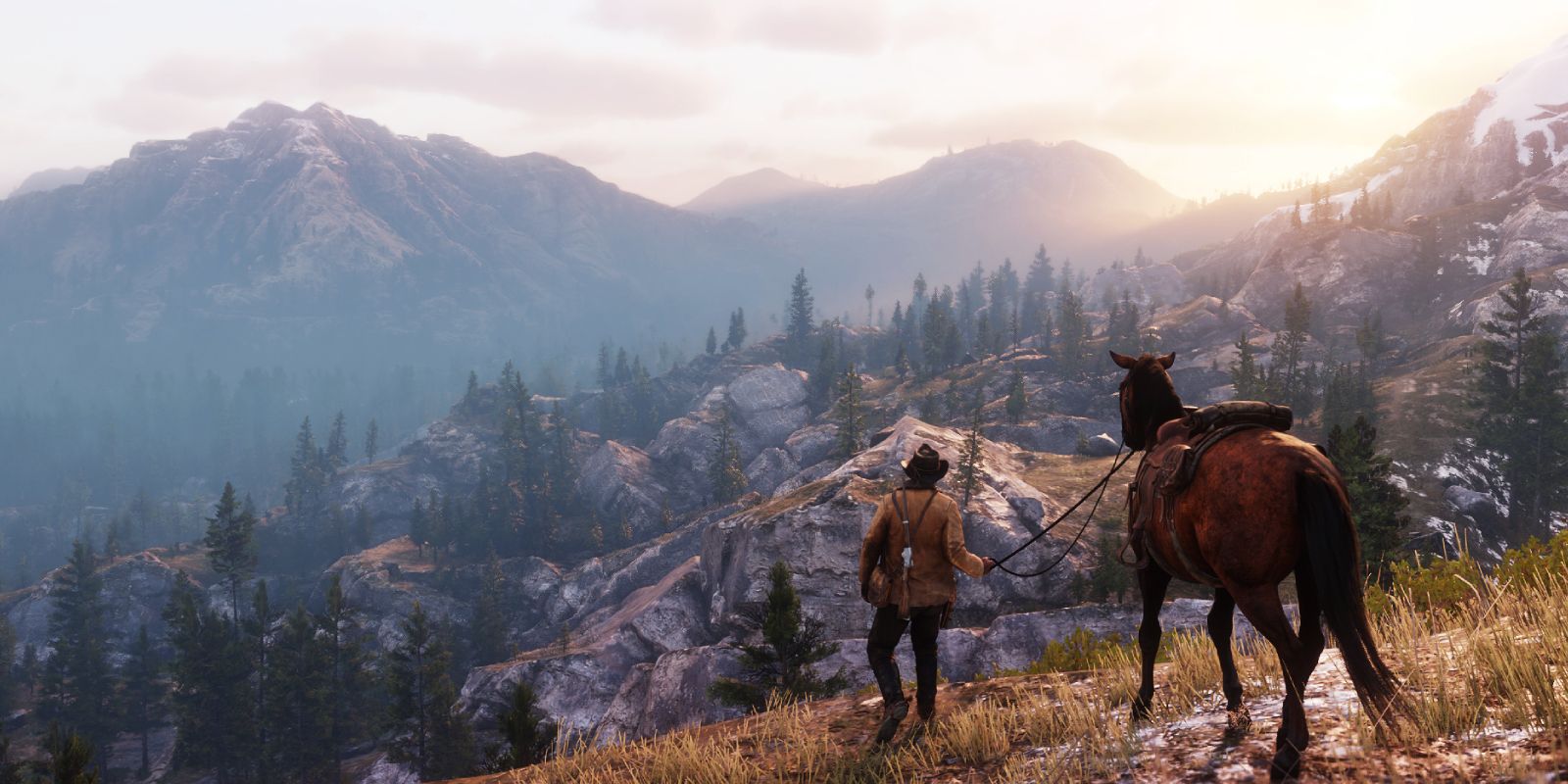It seems that more and more AAA titles are adding photo modes as of late, from The Legend of Zelda: Breath of the Wild to Red Dead Redemption 2. These features have also come with increasing customizability, from filters and particle effects to the ability to remove characters entirely in order to capture pictures of the landscape. For such a seemingly small, optional feature, photo modes can benefit both players and developers and are a welcome addition to the world of video games.
As technology advances, so does the visual scope of what games are capable of. Character models become more human and less prone to inhabiting the "uncanny valley", and landscapes become more detailed and vivid. Recent years have seen an increasing trend towards remasters of older video games as well, updating outdated graphics by re-releasing old titles in a visually updated format. BioWare's remaster of the Mass Effect trilogy, Mass Effect Legendary Edition, even added in a brand-new photo mode so that players could better appreciate (and show off) the improved visuals.
It doesn't seem like the photo mode trend will disappear any time soon, given the number of studios that have begun adding the feature. Some studios even update photo modes to improve them later, such as Star Wars Jedi: Fallen Order's next-gen updates. Objectively, there doesn't seem to be any downside, as these modes allows players to better appreciate the hours of work that go into a game's visuals, as well as makes it easier to capture and share creative opportunities - which may help a game get onto more people's radars.
Breath Of The Wild's Camera Is A Good Foundation
Although some have rightfully pointed out that photo modes can work against immersion, several large games have recently have proven that this doesn't have to be the case. Titles like Kingdom Hearts 3, Animal Crossing: New Horizons, and Breath of the Wild featured in-game photography opportunities that could be accessed through the use of devices that the player character kept on their person. More games could implement a similar feature in order to add photo modes without pulling players out of the environment, though obviously this can't work in every case, depending on a game world's presumed level of technology.
As next-gen titles start including the addition of a photo mode setting, more detailed and realistic photos of game environments and characters can be captured, which in turn could pave the way for artists and other fans to go a step further with creative projects based off of their favorite games. In a world where a title's online community contributes in large part to their longevity - something seen with the rapid rise in popularity of Among Us - more studios should take a page from Breath of the Wild's playbook and allow for more extensive creative tools and the opportunities that come with them.


